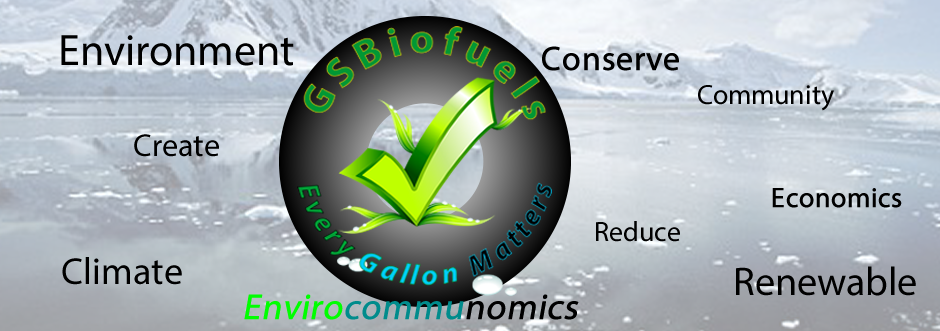The transition to cleaner vehicles is progressing in Europe, where 49% of new city buses across EU countries in 2024 were zero-emission models instead of fossil fuel-powered vehicles, according to a new analysis from European Federation for Transport and Environment (T&E).
The increase beat the previous year, which found that 36% of new city buses in the EU for 2023 were battery-electric. For 2024, battery-electric buses made up 46% of new EU buses, while fuel-cell models made up 3%, a faster increase than expected.
In June 2024, T&E estimated that the rate of clean vehicle adoption for city buses would reach 100% zero emissions in the sector by 2027. Based on the 2024 results, T&E reported, “At this growth rate, city buses are on track to reach fully ZE sales by 2027.”
The analysis determined two factors that have helped improve the transition toward more zero-emission buses: new European regulations established in 2024 as well as more local policies at the city-level. Fleet targets, low- and zero-emission zones, and similar actions have helped cities adopt more zero-emission vehicles. A small increase in sales, about 3% or double the rate sold in 2023, of fuel cell hydrogen buses also played a role.
Based on the rapid adoption of cleaner buses, T&E now predicts that the city bus sector will reach zero emissions faster than both the EU’s Clean Vehicles Directive — which mandates an average of about 32% zero-emissions procurement for heavy-duty vehicles for 2026 through 2030 – and the updated carbon dioxide standards for trucks and buses — which requires bus sales to be 90% zero-emission vehicles by 2030 and 100% by 2035.
“For city residents, that means quieter streets and cleaner air,” T&E reported.
Although the overall outlook for clean vehicle transition is positive, T&E noted that some countries are leading these efforts while others are falling short of targets. The Netherlands, Finland and Iceland already achieved 100% battery-electric city bus sales in 2024, while Spain, which sells more than 1,000 new buses per year, reached 57% of new bus sales as zero-emission models last year.
Other leading markets include the UK, with 56% of new bus sales in 2024 as zero emissions and Italy with 44%.
One of the most impressive improvements from the 2023 reports on zero-emission EU buses happened in Estonia. According to the T&E analysis, Estonia was at the bottom of the list in 2023 for percentage of new bus sales that were zero emissions. In 2024, however, the country reached 84% of all new city bus sales as battery-electric.
This example could serve as inspiration for other countries that fell lower in the rankings for 2024, including Slovakia, Austria, Czechia, Hungary and Croatia, all of which were also considered to be slower adopters of clean buses based on T&E data from 2021 through 2024.
Still, with increasing fulfillment of zero emission buses around Europe, T&E has predicted the adoption rates will also rise in countries that are lower in recent rankings.
“If, as we predict, 2025 marks the turning point where more than half of new city buses are zero-emission, we should see the transition accelerate accordingly in trailing countries,” T&E reported.
The post 49% of New Buses in EU Were Zero-Emission Models in 2024 appeared first on EcoWatch.


